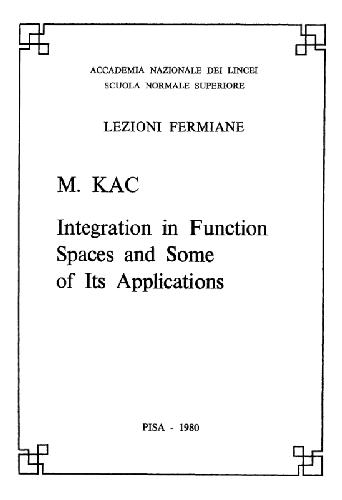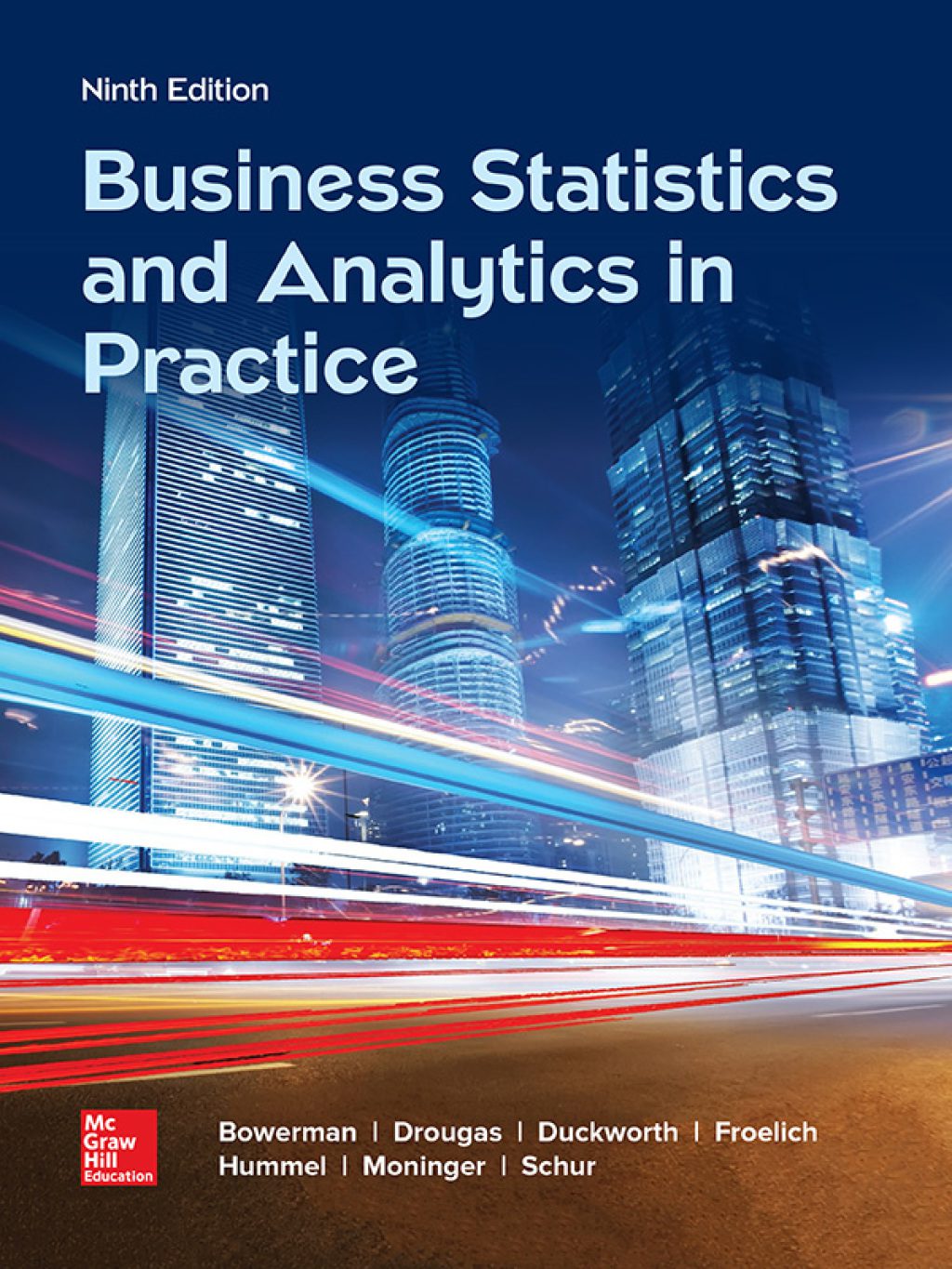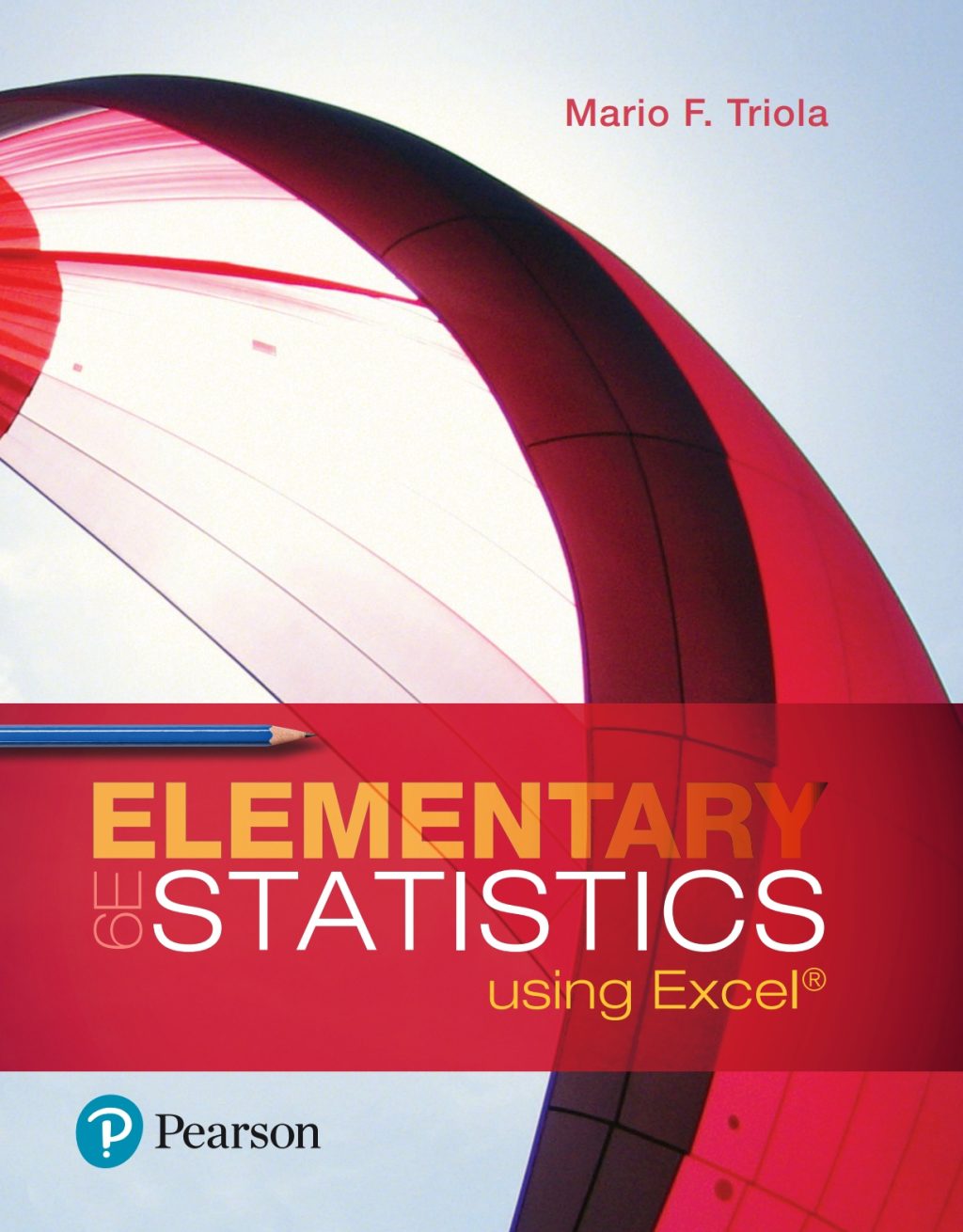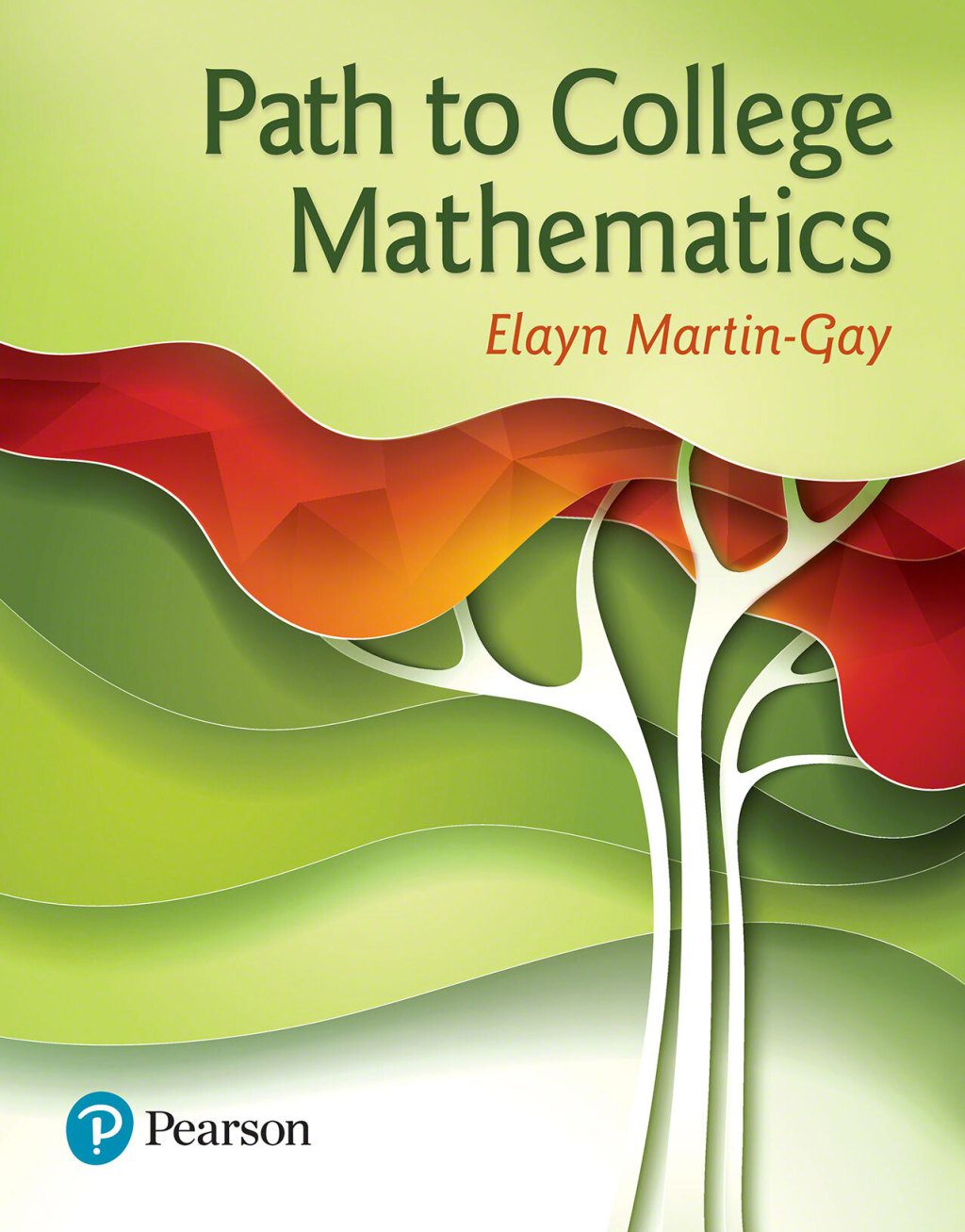Mark Kac
male Superiore in May 1980 are meant to provide an introduction to
the subject of functional integration. Although integration in function
spaces owes its origins to Probability Theory on the one hand, and to
Quantum Mechanics on the other, I assumed only most rudimentary
familiarity with either of these disciplines. Also I did not attempt to
write a minitextbook on the subject of integration in function spaces.
I was much more concerned in exhibiting the spirit of the subject than
in teaching it in an organized and systematic way. Consequently I
stressed the formal and eschewed, perhaps even above and beyond the
call of duty, technicalities. To borrow a famous saying, I came to Pisa
to praise functional integration not to bury it.
I hope the reader will keep this in mind and be willing to forgive
me for being sketchy, incomplete and moving in too many directions
at once. I also hope that the reader will understand that constraints
the written word imposes on a speaker prevent him from including
numerous side remarks of scientific and anecdotal nature which he could
use freely to (hopefully!) edify (and perhaps even amuse) his live audience.
CONTENTS
page
1 Preface
5 Section 1 Introduction
7 Section 2 Construction of the Wiener measure and integration of some simple functional
23 Section 3 Elements of probabilistic potential theory
31 Section 4 Asymptotics of the number of bound states of certain Schrodinger equations and related topics
43 Section 5 Scattering length and capacity
49 Section 6 Feynman’s approach to non-relativistic Quantum Mechanics
55 Section 7 Feynman’s approach continued. Semi-classical Quantum Mechanics and a theorem of Morse
65 Section 8 Short time asymptotics and high eigenvalues of the Schrodinger equation
69 Section 9 Introduction to the Donsker-Varadhan long time asymptotics
77 Section 10 Introduction to the Donsker-Varadhan theory continued
81 References







Reviews
There are no reviews yet.